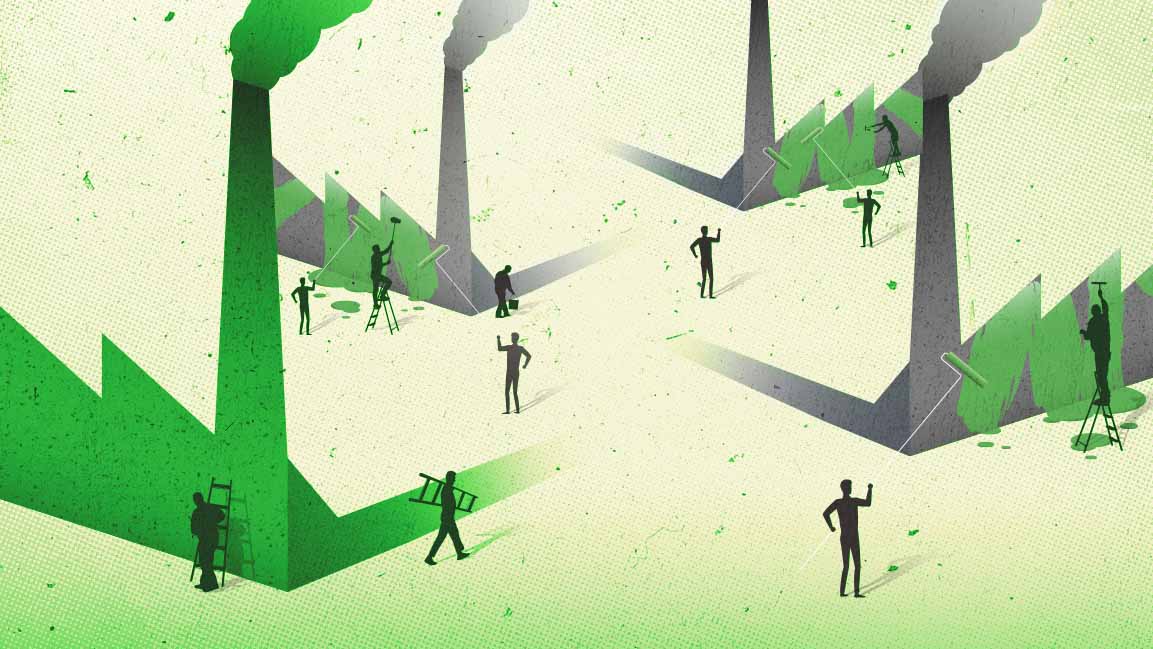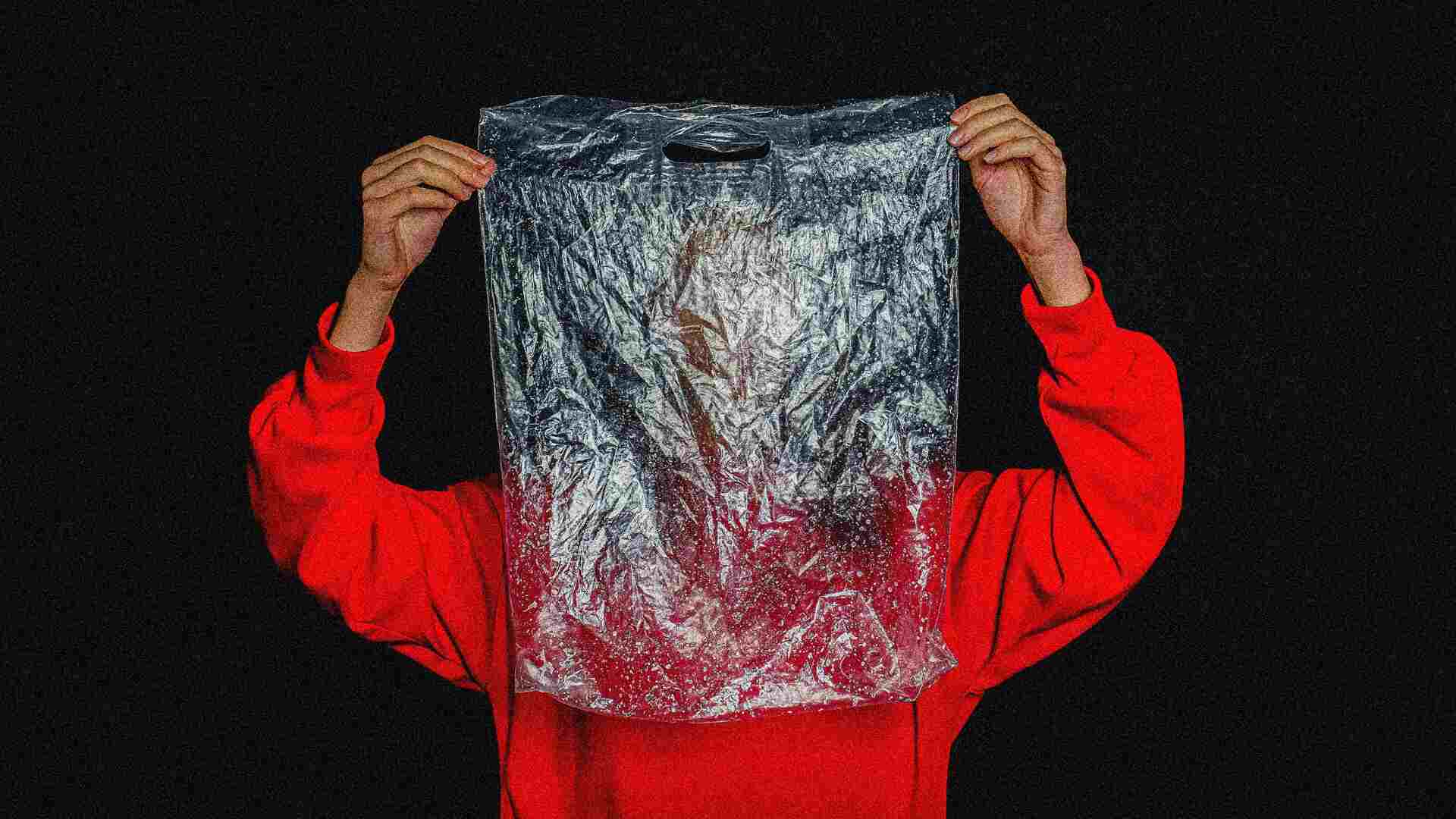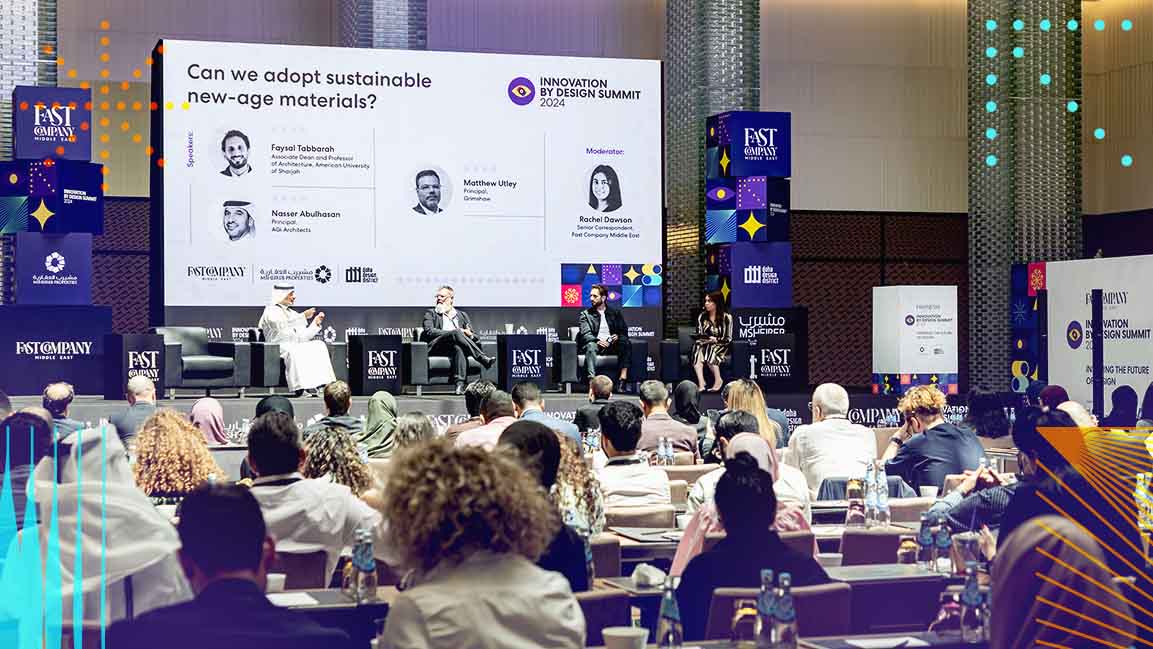- | 9:00 am
Sustainable fashion is finally going mainstream
Companies across the spectrum are embracing good-for-the-planet practices. Will it be enough?

For the past decade, as consumers have become more aware of the fashion industry’s terrible impact on the planet, many brands have vowed to curb their environmental impact. But as the planet speeds toward collapse and we begin to see the impact of climate change, the time for making promises is behind us—what we need is impact. Fortunately, there are companies that are not just focused on innovating in the realm of sustainable fashion but scaling their efforts as quickly as possible.
Consider Circ, a technology startup that wants to make recycling clothing as easy as recycling aluminum cans. It has pioneered technology that transforms cotton-polyester blends—the most common material used in the fashion industry—back into their raw materials. Then it respins these fibers back into fabrics. This process would allow the industry to keep fabrics out of landfills, conserve precious raw materials, and reduce carbon emissions.
Circ has proven that it can effectively convert old textiles into new textiles in small collections, including recent collaborations with Zara and the designer Mara Hoffman. But now, the company is ready to go big.
Circ has raised $70 million in venture funding to build an industrial-size facility in North Carolina that will process 60,000 tonnes of textile waste annually. By 2030, it will quintuple this capacity to 300,000 tonnes, which will make it the biggest player in American textile recycling. It has already received inquiries from factories in Asia—where the majority of the world’s garments are made—to build facilities there.
The problem is that launching such a large factory is a very expensive proposition. Circ needs brands to commit to buying large quantities of the fabrics so it can get the money it needs to start building this facility. “When a brand says it will buy 20,000 tons a year for five years, that is bankable,” says Peter Majeranowski, Circ’s CEO. “I can take that to the banks and get the financing to start building.”
MORE SUSTAINABLE DENIM
Citizens of Humanity Group—which includes its namesake luxury denim brand, Agolde, and Goldsign—has been on a quest to invest in regenerative cotton. The fashion industry is highly fragmented; most brands are disconnected from their factories and raw material providers, which tend to be sprawled all over the world.
Two years ago, Citizens of Humanity handpicked and worked closely with 11 American farmers, investing in their farms so they can transition to regenerative practices that pull carbon from the atmosphere and capture it underground. The company has purchased 1.8 tons of their cotton to produce millions of jeans in its California factories. Now, it plans to accelerate these efforts further. It plans to quadruple the amount of cotton it purchases next year.
And importantly, Amy Williams, the company’s CEO, is keen to help other brands transition to these practices as well. “Having strong leadership that exemplifies sustainable values is very important,” says Esha Chhabra, author of Working to Restore: Harnessing the Power of Regenerative Business to Heal the World. But they’ll have to be mindful that Citizens of Humanity is a premium product that is quite expensive. So it’s important that the company is working with other brands, so they will also jump on board. We need many brands to buy these regeneratively grown materials for the movement to have impact.
OUTERWEAR GOES SUSTAINABLE
In the outdoor industry, many brands have been working for years to eliminate harmful PFAS chemicals from their products. These chemicals are useful for making garments waterproof, but they stay in the environment and human bodies forever, causing many negative health impacts. While less harmful chemistries exist, brands have struggled to eliminate PFAS from their supply chains.
Canada Goose, however, has managed to do so ahead of its own internal schedule. The company, which generates upwards of $1 billion in annual revenue, now uses a mixture of paraffin and silicone to achieve a new kind of waterproof finish that is much safer for the customer and less polluting to the environment.
While there is still a long way to go to curb the fashion industry’s devastating impact on the planet, there is hope to be found in some parts of the fashion industry. “We need other companies to step up to the plate,” says Chhabra. “We need to replicate what these sustainable brands are doing over and over, in different parts of the world, for us to see change.”








































